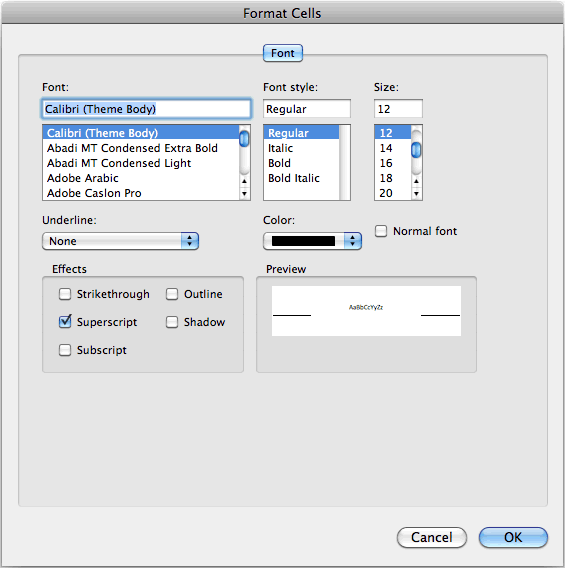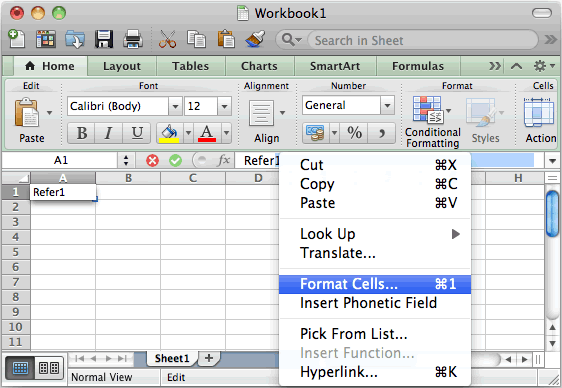

You'll may have to quit & restart each application for it to work, and some applications it may not work correctly in. Put something unique on the left side, like ^^2, then paste your symbol in on the right. If you can enter the ² and ³ once, you can put it in as a substitution in System Preferences, Language & Text -> Text. For example, my custom QWERTY layout is named qwerty.keylayout, so if I wanted to use a custom icon, it’d have to be named qwerty.icns.

icns format in the same directory as the keyboard layout itself, using the same file name (only the extension differs). To replace this with your own icon, create a 16×16px image, and save it in. This icon will show up in the preference pane, and in the “Input menu” in the menu bar. OS X will use the following default icon for your custom keyboard layout: Adding a custom icon to the keyboard layout You will have to create a new user account in order to complete the Setup Assistant - but don’t worry, you can delete the new account afterwards. sudo rm /var/db/.AppleSetupDone sudo "/System/Library/CoreServices/Setup Assistant.app/Contents/MacOS/Setup Assistant" Note that this can only be done for keyboard layouts in /Library/Keyboard Layouts (i.e., layouts that have been installed system-wide). This way, it will be used for the login screen, and any new user accounts you create will default to this layout as well. Optionally, you could make the custom keyboard layout the system default by running the Setup Assistant with root privileges.
#Type exponents in excel for mac how to
How to make a custom keyboard layout the system default
#Type exponents in excel for mac install
keylayout file to the Keyboard Layouts folder within ~/Library (if you want to install it only for the current user) or /Library (if you want to install the layout system-wide). It has an option to create a new keyboard layout based on the one that’s currently in use.Īfter you’ve created your custom layout, there’s no need for the application anymore - you certainly don’t need to keep it running in the background. To create new keyboard layouts or modify existing ones, I’d recommend Ukelele.app. ( My custom AZERTY layout has these mappings, too.) How to create a custom keyboard layout In my custom QWERTY keyboard layout, I can simply press ⌥ + ⇧ + 2 to enter ², and ⌥ + ⇧ + 3 to enter ³. Simply remap a keyboard combination you never use (for me, there are plenty of those) to the ² and ³ symbols, and that’s it. You can create your own keyboard layout, or rather, tweak the default one you’re using right now. keylayout files since version 10.2 (Jaguar).

Luckily, remapping keys can be done in a way that will work for any type of application, and without any additional software! If you want a truly system-wide solution that works in all applications, this is not an option.Īlso, apps like KeyRemap4MacBook are great, but relying on them means you have to keep the app running in the background all the time, which may not be what you want. There are some important gotchas with the other solutions posted here.įor one, symbol and text substitution entries only work in Cocoa apps.


 0 kommentar(er)
0 kommentar(er)
